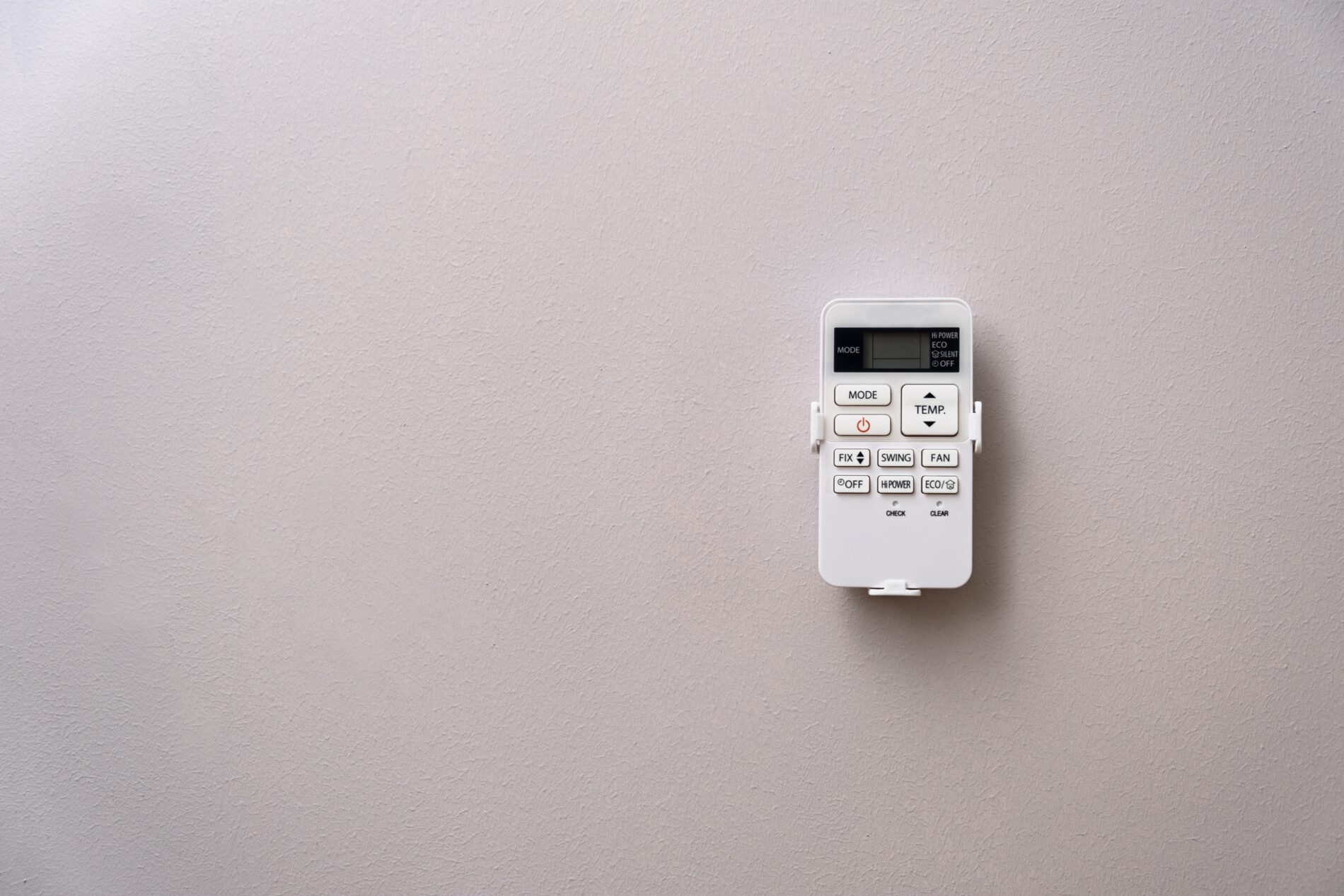Table of Contents
Toggle Best 18 Tips for Air Condition in Summer- AC Repair Garland
Best 18 Tips for Air Condition in Summer- AC Repair Garland
Summer brings the promise of warm days and sunshine, but it also means your air conditioner (AC) needs to be ready for the challenge. Neglecting Air Condition maintenance can result in inefficient cooling and increased energy bills. In this article, we’ll explore five essential ways to prepare your AC for the upcoming summer heat.
I. Introduction
A. Significance of Preparing Air Condition for Summer
As temperatures rise, the demand for your Air conditioning significantly. Proper preparation ensures that your AC operates at peak efficiency, keeping your indoor space cool and comfortable.
B. Importance of Optimal Air Condition Performance
An efficiently running Air Condition not only provides comfort but also helps in reducing energy consumption. Regular maintenance can extend the lifespan of your unit and prevent unexpected breakdowns.
II. Clean and Replace Air Filters
A. The Role of Air Filters
Air filters play a crucial role in trapping dust and particles, preventing them from entering your AC system. Clean filters contribute to better airflow and improved indoor air quality.
B. Frequency of Cleaning/Replacement
Regularly cleaning or replacing filters is essential. Aim for a monthly check, especially during peak usage months, to ensure optimal performance.
C. DIY Tips for Filter Maintenance
Simple DIY tasks like vacuuming or gently washing filters can enhance their efficiency. It’s a cost-effective way to maintain a healthy Air Condition system.
III. Check and Clean the Evaporator and Condenser Coils
A. Understanding Evaporator and Condenser Coils
Evaporator and condenser coils are vital components in the heat exchange process. Cleaning them ensures efficient heat transfer and overall system performance.
B. Steps for Effective Cleaning
Using a soft brush and coil cleaner, gently remove dirt and debris. This DIY task can be done annually to keep your Air Condition in top condition.
C. Professional Services for Coil Maintenance
For a thorough cleaning and inspection, consider professional services. They have the expertise and tools to address coil issues effectively.
IV. Inspect Refrigerant Levels
A. Importance of Refrigerant in Air Condition Functioning
Refrigerant is the lifeblood of your Air Condition, facilitating the heat exchange process. Low refrigerant levels can lead to decreased cooling efficiency.
B. Signs of Low Refrigerant Levels
Watch out for signs like reduced cooling capacity and hissing sounds. If detected, consult a professional to check and replenish refrigerant levels.
C. Hiring a Professional for Refrigerant Check
Professionals can identify leaks, fix them, and ensure proper refrigerant levels, preventing damage to your Air conditioning unit.
V. Clearing and Insulating Drain Line
A. Functionality of the Drain Line
The drain line removes excess moisture from the Air Condition unit. Blockages can lead to water damage and decreased efficiency.
B. DIY Methods for Clearing Drain Lines
Use a mixture of vinegar and water to flush out clogs. Additionally, insulating the drain line prevents condensation and potential blockages.
C. Adding Insulation for Prevention
Wrapping the drain line with insulation safeguards against temperature changes and minimizes the risk of blockages.
VI. Calibrate Thermostat Settings
A. The Role of Thermostat in Air Condition Efficiency
A well-calibrated thermostat ensures accurate temperature control, preventing unnecessary energy consumption.
B. Adjusting Temperature Settings
Program your thermostat to higher temperatures when you’re away to save energy. Invest in a smart thermostat for convenient and automated adjustments.
C. Smart Thermostat Options for Convenience
Smart thermostats allow remote control via smartphone apps, enabling you to manage your AC settings from anywhere.
VII. Evaluate Ductwork
A. Checking for Leaks and Obstructions
Leaky or obstructed ducts reduce airflow and hinder cooling efficiency. Regular checks help identify and address these issues promptly.
B. DIY Ductwork Inspection
Inspect ducts for visible signs of damage and seal any leaks with duct tape or mastic. Professional duct cleaning services can address deeper issues.
C. Professional Duct Cleaning Services
Periodic professional duct cleaning improves indoor air quality and ensures optimal airflow, contributing to efficient AC performance.
VIII. Lubricate Moving Parts
A. Identifying Moving Parts in the Air Condition Unit
AC units have various moving parts like fans and motors that benefit from regular lubrication.
B. Importance of Lubrication
Lubrication minimizes friction, reducing wear and tear on moving components. Check your unit’s manual for specific lubrication points.
C. Safe Lubrication Practices
Use manufacturer-recommended lubricants and follow safety guidelines. Lubricate moving parts annually for optimal performance.
IX. Tighten Electrical Connections
A. Ensuring Secure Electrical Connections
Loose electrical connections can lead to overheating and potential electrical hazards. Regularly tighten connections to maintain electrical safety.
B. Risks of Loose Connections
Loose connections increase the risk of electrical fires and system malfunctions. Prioritize tightening these connections during maintenance checks.
C. Professional Electrical Inspection
For a thorough inspection, consider hiring a professional electrician. They can identify and address potential electrical issues in your Air Condition unit.
X. Inspect Insulation
A. Role of Insulation in Air Condition Efficiency
Proper insulation ensures that your Air Condition unit operates efficiently by minimizing heat transfer.
B. Signs of Damaged Insulation
Inspect insulation for signs of wear or damage. Replace damaged insulation promptly to prevent energy loss.
C. DIY Insulation Repair Methods
Simple tasks like applying weatherstripping around doors and windows can enhance insulation. Address larger insulation issues with professional assistance.
XI. Clean and Seal Windows and Doors
A. Impact of Window and Door Leaks on AC Performance
Leaky windows and doors allow hot air to enter and cool air to escape, putting a strain on your Air Condition.
B. Weatherstripping and Sealing Techniques
Apply weatherstripping to seal gaps around windows and doors. Use caulk to seal larger gaps, preventing energy wastage.
C. DIY Methods for Energy-Efficient Windows and Doors
Simple DIY solutions like adding curtains or reflective films can also contribute to energy efficiency.
XII. Invest in a Programmable Thermostat
A. Advantages of Programmable Thermostats
Programmable thermostats offer flexibility and energy savings by allowing you to set different temperatures for different times of the day.
B. Installation and Setup Tips
Follow manufacturer instructions for installation. Set up customized schedules to align with your daily routine.
C. Cost-Effective Temperature Control
The initial investment in a programmable thermostat pays off through reduced energy bills and increased comfort.
XIII. Consider Shade Solutions
A. Impact of External Heat Sources on AC Efficiency
External heat destinations like sunlight can affect your AC’s ability to cool efficiently. Shade solutions provide relief.
B. Installing Shades and Awnings
Install shades or awnings over windows to block direct sunlight. This reduces the load on your Air Condition, promoting energy efficiency.
C. Landscaping for Natural Shade
Strategically planting trees or shrubs around your property can create natural shade, reducing the overall heat impact on your AC.
XIV. Regular Professional Maintenance
A. Importance of Regular Air Condition Servicing
Scheduled professional maintenance is crucial for identifying and addressing potential issues before they become major problems.
B. Scheduling Professional Maintenance
Plan annual professional inspections and maintenance checks. This proactive approach can save you money in the long run.
C. Cost-Effective Long-Term Benefits
Investing in regular professional maintenance not only extends your AC unit’s lifespan but also ensures consistent performance, minimizing repair costs.
XV. Conclusion
A. Recap of Key Air Condition Preparation Steps
Preparing your Air Condition for summer involves a combination of DIY tasks and professional maintenance. Regular attention to filters, coils, refrigerant levels, and other components ensures a cool and efficient indoor environment.
B. Ensuring a Comfortable and Efficient Summer
By following these steps, you not only enhance the performance of your Air Condition but also contribute to energy efficiency, creating a comfortable living space during the summer months.
FAQs
How often should I replace my Air Condition filters?
It’s advisable to check and replace filters monthly, especially during heavy usage months.
Can I clean the evaporator and condenser coils myself?
Yes, you can use a soft brush and coil cleaner for basic cleaning. However, professional services offer a more thorough solution.
What temperature should I set on my programmable thermostat?
Set temperatures according to your comfort, but consider energy savings by setting higher temperatures when you’re away.
Is professional duct cleaning necessary?
Professional duct cleaning improves indoor air quality and ensures optimal airflow, making it a worthwhile investment.
How can I enhance insulation around windows and doors?
Use weatherstripping and apply caulk to seal gaps. Adding curtains or reflective films can also contribute to energy efficiency.

